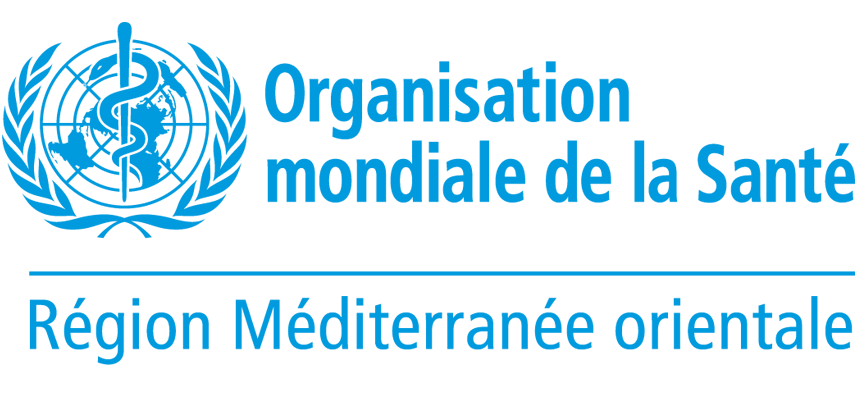Outbreak update – dengue in Pakistan
26 October 2017 – The provincial health department of Khyber Pakhtunkhwa Province in Pakistan has reported an additional 12 430 suspected cases of dengue fever and 4 deaths since last week. So far, a cumulative total of 87 250 cases have been reported since 19 July 2017, including 18 892 laboratory-confirmed cases and 58 deaths.
The district Peshawar has reported the highest number of cases, with a current total of 78 844 suspected cases, including 16 991 confirmed cases and 53 deaths.
The Provincial Directorate of Health is coordinating efforts of the Dengue Response Unit in collaboration with WHO. This includes providing technical guidance and support for health workers in the areas of surveillance, laboratory diagnosis, case management and social mobilization.
Awareness sessions have been held for religious leaders, school teachers and head masters to advise the community on dengue causes and prevention. Lady health workers have been engaged to conduct door to door activities for raising awareness of dengue symptoms and ensuring the referral of suspected cases to health facilities. Households in various areas of Peshawar have been sprayed with larvicide (space spraying) and provided health education on dengue prevention.
Dengue is a mosquito-borne viral infection that causes a severe flu-like illness, and sometimes causes a potentially lethal complication called severe dengue. The viruses are passed on to humans through the bites of an infective female Aedes mosquito, which acquires the virus while feeding on the blood of an infected person. Dengue is one of the fastest spreading viral infections in the world, and is endemic to Pakistan.
Dengue in Pakistan: outbreak update
19 October 2017 – The provincial health department of Khyber Pakhtunkhwa Province in Pakistan has reported a cumulative total of 74 820 cases of suspected dengue fever since the outbreak was first reported on 19 July 2017, including 15 828 laboratory-confirmed cases and 54 deaths.
The district of Peshawar has reported the highest number of cases, with a current total of 68 142 suspected cases, including 14 035 confirmed cases and 50 deaths reported from local health facilities.
The Provincial Directorate of Health is coordinating efforts of the Dengue Response Unit in collaboration with WHO. This includes providing technical guidance and support for health workers in the areas of surveillance, laboratory diagnosis, case management and social mobilization. WHO has provided case management training for 30 medical officers, and held emergency training for entomologists on vector control.
To inform the community of the dangers of the outbreak, awareness sessions have been held for religious leaders, school teachers and head masters to advise the community on dengue causes and prevention. Lady health workers have been engaged to educate communities to recognize dengue symptoms and refer suspected cases to health authorities.
In addition, more than 190000 households in various areas of Peshawar have been sprayed with larvicide (space spraying) and provided health education on dengue prevention.
Dengue is a mosquito-borne viral infection that causes a severe flu-like illness, and sometimes causes a potentially lethal complication called severe dengue. The viruses are passed on to humans through the bites of an infective female Aedes mosquito, which acquires the virus while feeding on the blood of an infected person. Dengue is one of the fastest spreading viral infections in the world, and is endemic to Pakistan.
Update: chikungunya cases in Pakistan, 13 April 2017
13 April 2017 – The Ministry of National Health Services, Regulations and Coordination of Pakistan has informed WHO of new figures for chikungunya cases reported in the country.
Between 19 December 2016 and 30 March 2017, a total of 1018 suspected cases of chikungunya have been reported in various districts in Karachi. No deaths have been reported so far.
Out of 157 samples sent to the National Institute of Health (NIH), Islamabad for laboratory-confirmation of diagnosis, 121 were found positive for Chikungunya virus.
WHO is working with the Ministry of Health and partners for coordinated response activities and capacity-building in the affected areas.
District and town health officers have been given instructions in taking appropriate preventive measures for Chikungunya fever. Pamphlets on how to identify and treat chikungunya fever cases have been distributed in hospitals and primary health centres in the area. Posters and advertisements have also been issued in the local languages. Lady health workers have been instrumental in running door-to-door educational campaigns to inform citizens about preventive measures.
Surveillance activities have been enhanced in places where high densities of vector (Aedes Aegypti mosquito) have been detected. In addition, appropriate vector control measures were carried out.


